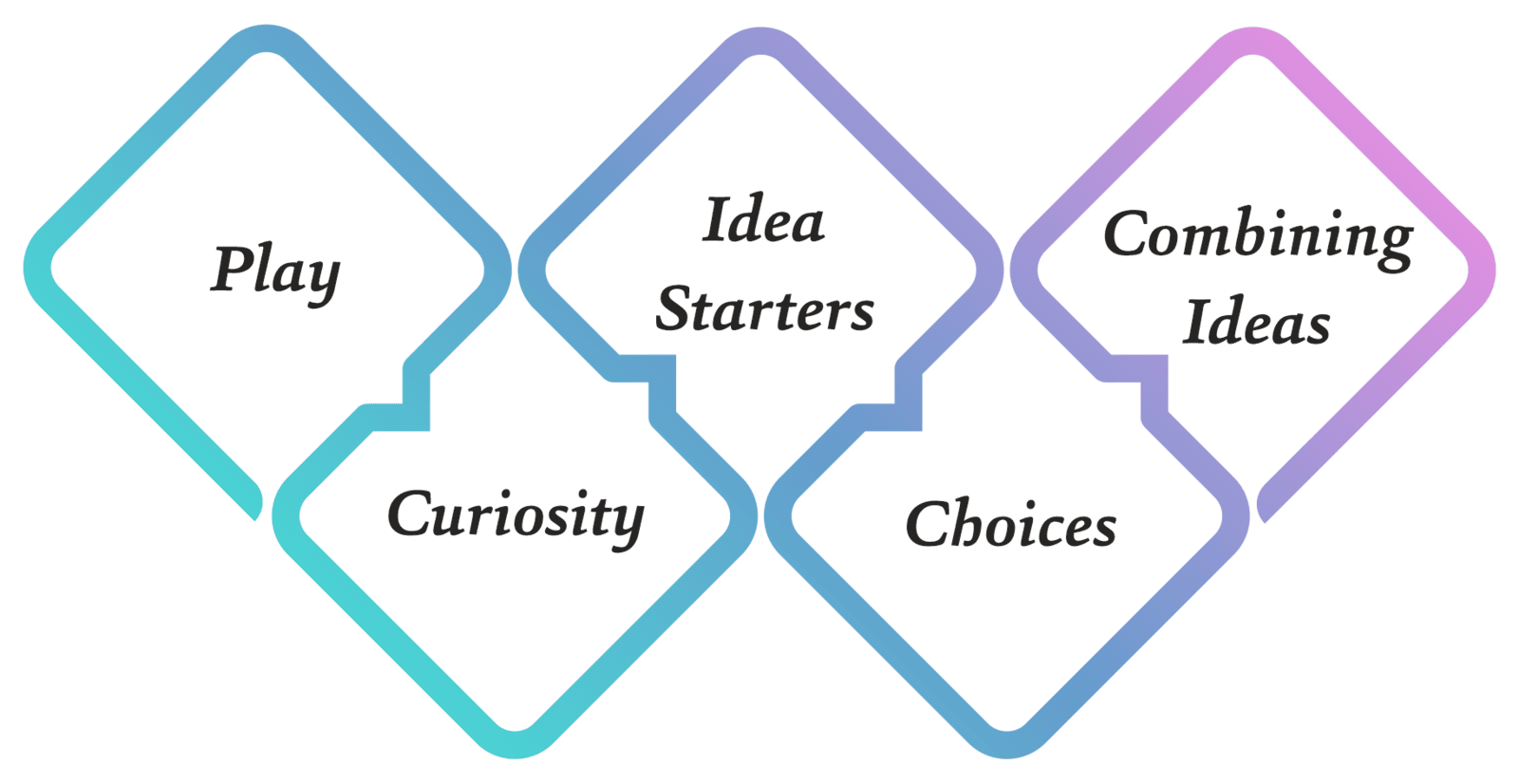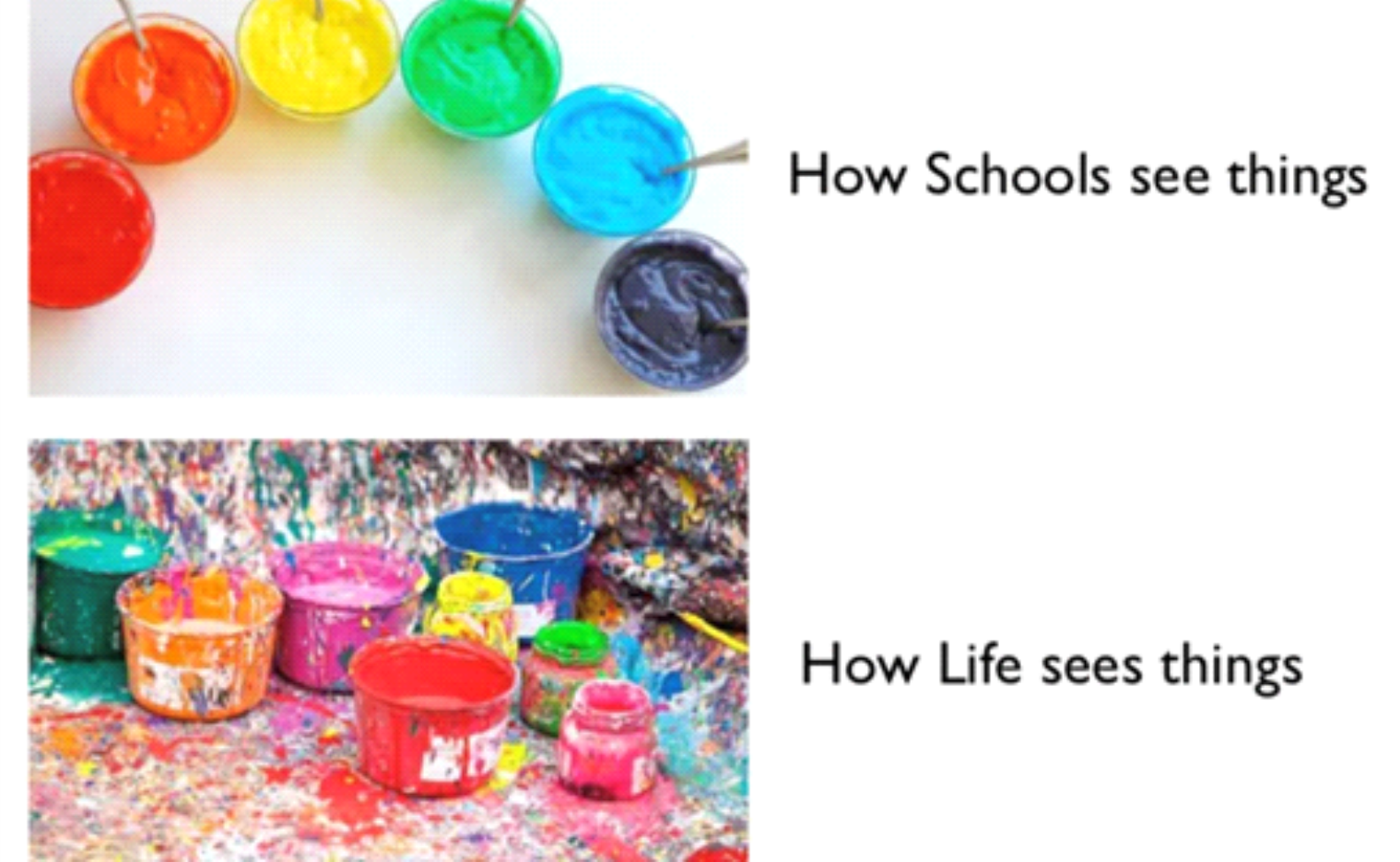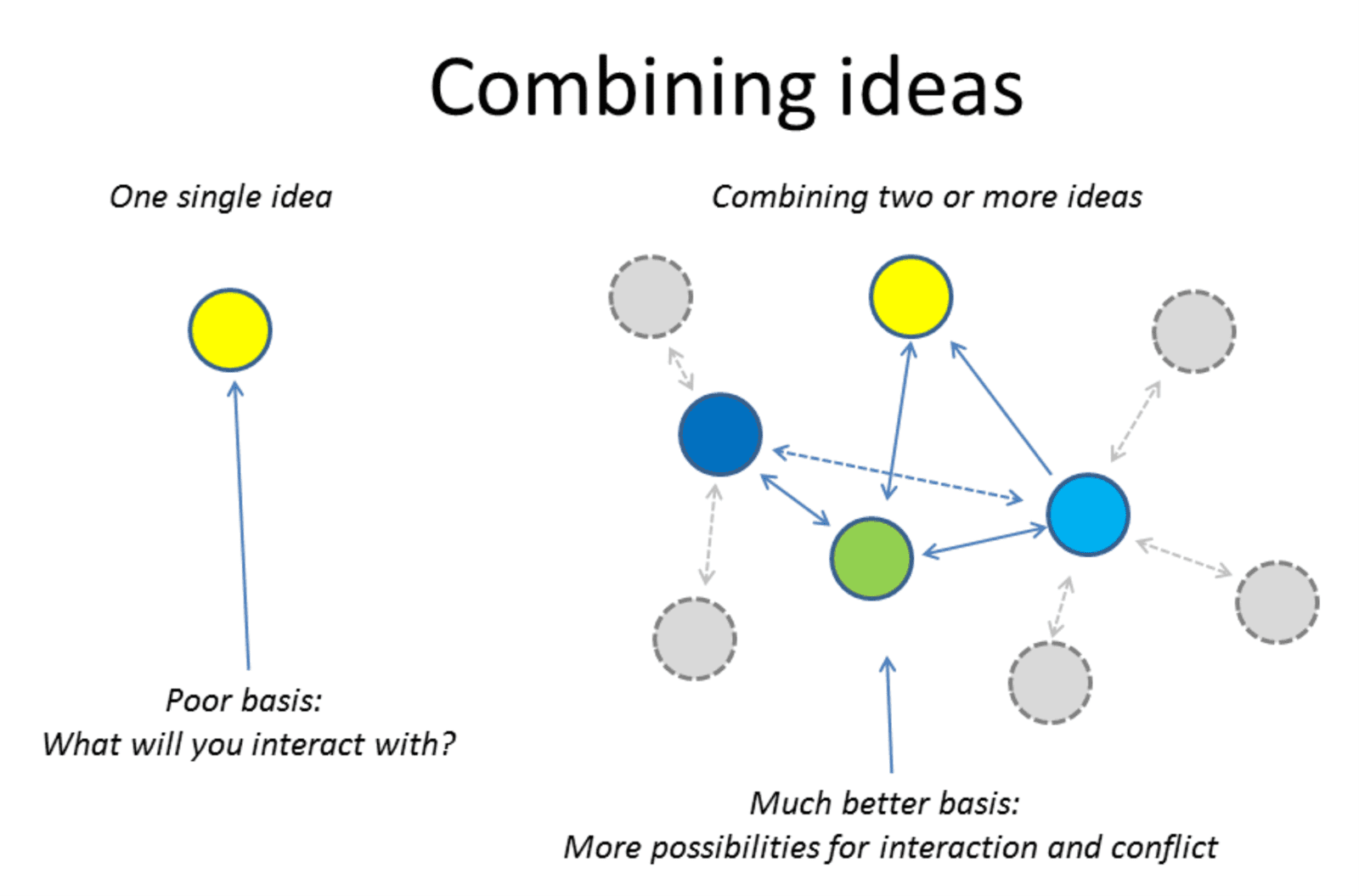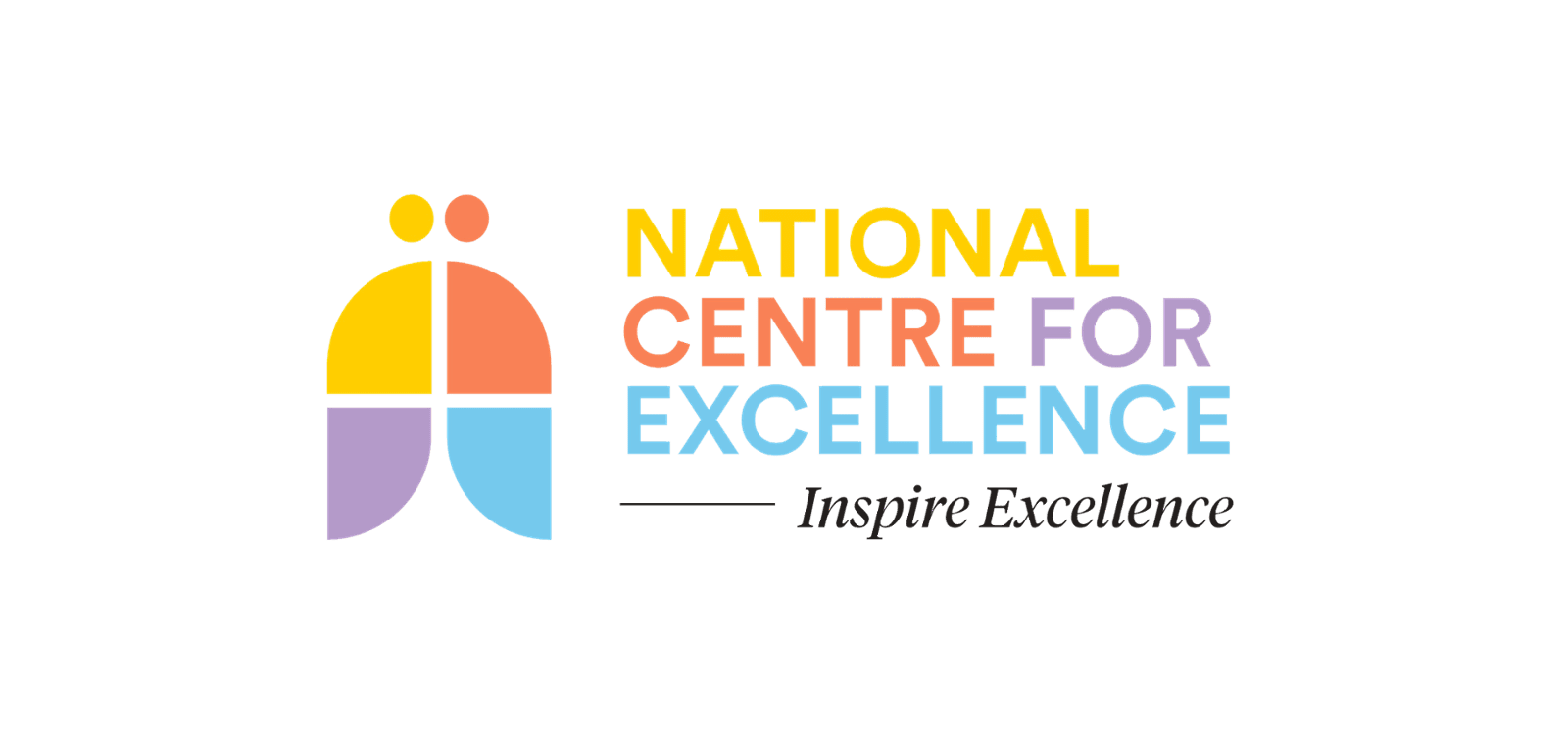Dear NCFE Community,
Buzz around NEP 2020 and what’s in it for parents?
The NEP 2020 was released by the Union Cabinet on 29th July 2020. The purpose of the series of this newsletter is for parents to have an enhanced understanding of the NEP and engage in the education process of our students effectively.
What is the need for Creativity or Why Creativity in Schools?
Seymour Papert, a south African Mathematician puts the need across in a simple yet futuristic manner – “ We need to produce people who know how to act when they are faced with situations for which they were specifically not prepared.”
The most befitting explanation of creativity!
Covid -19 pandemic caught the world unawares but the creative people who could churn out ideas and be innovative whether it was education, business, specialised classes, IT sector, travel and tourism were successful and continued services as usual.
What are the Key factors in nurturing Curiosity?

1. Play
Play, the most loved activity of children harnesses a spectrum of attributes for future learning:
- Understanding
- Communication
- Idea generation
- Experimentation
- Complex Cognitive Abilities
- Understanding reality in a different situation
- Integrate reality in play
- Pretend and acting allows for preparation for unknown circumstances
- Self- directed learning
- Personalized Learning
What does NCFE do?
An example of ‘Role Play’ used as a strategy from Pre- Primary all the way to Model United Nations in Senior School showcases the instilling of understanding varied roles and responsibilities, ability to look at another’s perspective, understand challenges, think creatively and critically, find solutions and apply the solutions in reality in their own way.
2. Curiosity
The fear of the unknown should be replaced with curiosity – this is what is our role as mentors for children. We should aim at eliminating failure with resilience – the ability to withstand the failure.
A statement like this – No piece of paper can be folded in half more that seven times. True or False; will lead to arousing one’s curiosity.
Our duty is to furnish thought provoking questions rather than providing all the answers. Get them to figure out the answers through a subtle nudge at the side.
Someone once said – The cure for boredom is curiosity. There is no cure for curiosity.
What does NCFE do?
Activities like - If you were stranded on an island, you have to make sure that you eat so that you get the most nutrients for energy and health.
Curiosity of living on an island, what kind of foods will be available, what consists of a balanced diet will make the learning interesting and allow students to be active learners.
3. Idea Starters
A prompt to jog your brain and get the creative juices flowing. At times to generate ideas we need to prompt our students.
For example – All you need to know about healthy eating, could be a prompt and students can present their thoughts through varied sources like a cartoon strip, a story, a painting, a presentation etc.
Idea Starters create a positive tone for the class and allows engagement and peer learning.
Idea starters allow children to get curious about the topic, explore it on their own from varied perspectives.
Showing an image to children and asking them to ‘Tell this Story’ ignites imagination, curiosity, and communication beyond measure. Personalized and Deep learning become a byproduct.
4. Choices
Our classrooms are filled with students of varied academic and co-curricular abilities. Differentiation in teaching – learning allows providing a myriad of opportunities to students to grow to their highest potential.

Giving students a choice allows them to take ownership of their learning as well as create a product that feels authentic to them. They work on something that they’re good at creating, or try something they want to get better at.
What does NCFE do?
Student learning and choices made to learn is clearly depicted in the Student Portfolio. A portfolio that carries students’ work from the beginning of the year till the end and can be continued through their entire schooling.
This allows for students to go through their authentic work, reflect on progress and self- evaluate their performance.
5. Combining Ideas
Steve Jobs once said, “Creativity is just connecting things. When you ask a creative person how they did something they may feel a little guilty because they just saw something. It seemed obvious to them after a while. That’s because they were able to connect experiences they’ve had and synthesize new things.”

Students learn to substitute, combine, adapt, modify, put, eliminate and reverse ideas to produce a gamut of innovation and productivity.
What’s NCFE Doing?
The Model United Nations is a prime example of Combining Ideas. Students from Grade 7 to 12 are involved in research, analysis, evaluation and expression of thoughts alongside providing solutions.
An example of – What should it cost to rent your school building for the weekend? Explain your Thinking.
Such prompts and thought provoking statements trigger numerous thoughts and avenues to improve student performance.
In conclusion to improvise creativity in children we could:
- Give them something interesting to work on
- Give them the time, tools and skills they need
- Get out of their way
- Place lesser restrictions, for creative responses
- Be ambitious for them
Serving you,
Ms. Sunalini Benjamin
Chief Operating Officer
VKGI- NCFE
